New blueprint for understanding, predicting and optimizing complex nanoparticles
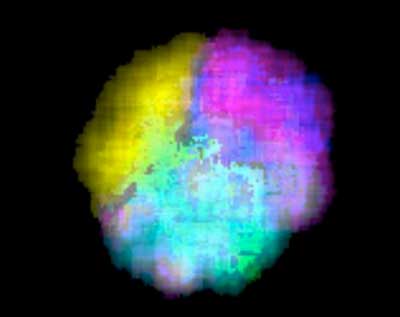 Guidelines have the potential to transform the fields of optoelectronics, bio-imaging and energy harvesting.
Guidelines have the potential to transform the fields of optoelectronics, bio-imaging and energy harvesting.
Feb 28th, 2019
Read more
 Guidelines have the potential to transform the fields of optoelectronics, bio-imaging and energy harvesting.
Guidelines have the potential to transform the fields of optoelectronics, bio-imaging and energy harvesting.
Feb 28th, 2019
Read more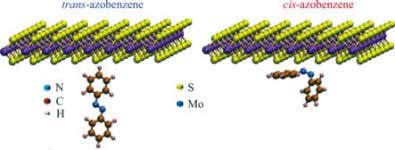 A structure comprising a molybdenum disulfide monolayer on an azobenzene substrate could be used to build a highly compactable and malleable quasi-two-dimensional transistor powered by light.
A structure comprising a molybdenum disulfide monolayer on an azobenzene substrate could be used to build a highly compactable and malleable quasi-two-dimensional transistor powered by light.
Feb 28th, 2019
Read more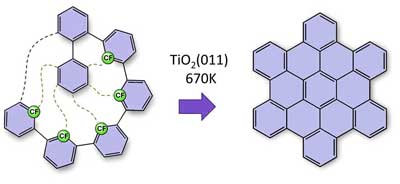 Researchers have found a method of forming nanographenes on metal oxide surfaces.
Researchers have found a method of forming nanographenes on metal oxide surfaces.
Feb 28th, 2019
Read more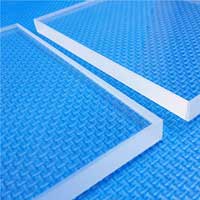 Silicate glass has many applications, however, it has one disadvantage: it corrodes when it comes into contact with aqueous solutions. Scientists were able to observe in detail which processes take place.
Silicate glass has many applications, however, it has one disadvantage: it corrodes when it comes into contact with aqueous solutions. Scientists were able to observe in detail which processes take place.
Feb 28th, 2019
Read more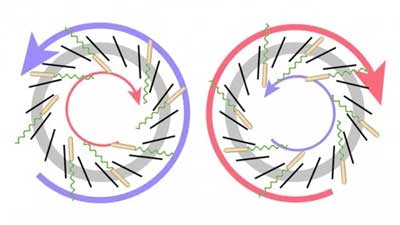 Controlling the motion of swimming bacteria could benefit applications including microscopic transport, biomedicine and even microrobotics.
Controlling the motion of swimming bacteria could benefit applications including microscopic transport, biomedicine and even microrobotics.
Feb 28th, 2019
Read more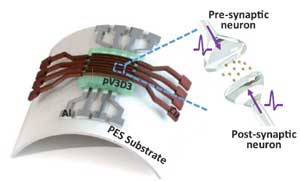 Researchers have developed a technology that makes a transition of the operation mode of flexible memristors to synaptic analog switching by reducing the size of the formed filament. Through this technology, memristors can extend their role to memristive synapses for neuromorphic chips, which will lead to developing soft neuromorphic intelligent systems.
Researchers have developed a technology that makes a transition of the operation mode of flexible memristors to synaptic analog switching by reducing the size of the formed filament. Through this technology, memristors can extend their role to memristive synapses for neuromorphic chips, which will lead to developing soft neuromorphic intelligent systems.
Feb 28th, 2019
Read more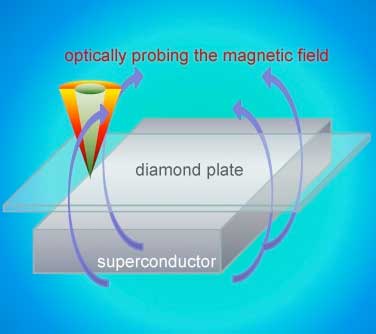 The knowledge of this threshold - called the lower critical field - plays a crucial role in untangling the difficulties that have prevented the broader use of superconductivity in new technologies.
The knowledge of this threshold - called the lower critical field - plays a crucial role in untangling the difficulties that have prevented the broader use of superconductivity in new technologies.
Feb 28th, 2019
Read more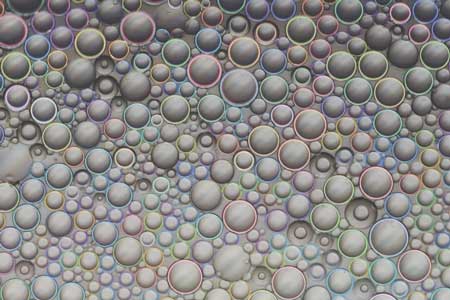 Optical effect could be harnessed for light displays, litmus tests, and makeup products.
Optical effect could be harnessed for light displays, litmus tests, and makeup products.
Feb 27th, 2019
Read more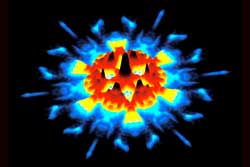 In a major step forward for an area of research that earned the 2016 Nobel Prize in Physics, an international team has found that substances with exotic electronic behaviors called topological materials are in fact quite common, and include everyday elements such as arsenic and gold.
In a major step forward for an area of research that earned the 2016 Nobel Prize in Physics, an international team has found that substances with exotic electronic behaviors called topological materials are in fact quite common, and include everyday elements such as arsenic and gold.
Feb 27th, 2019
Read more Engineers develop novel ion driven transistor that enables real-time sensing and processing of body signals, a major building block for integrated bioelectronics with application to the brain and beyond.
Engineers develop novel ion driven transistor that enables real-time sensing and processing of body signals, a major building block for integrated bioelectronics with application to the brain and beyond.
Feb 27th, 2019
Read more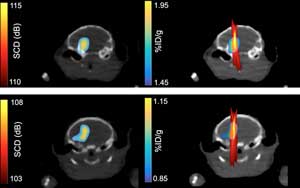 Researchers are integrating ultrasound imaging with ultrasound therapy to pave the way for a new kind of drug delivery.
Researchers are integrating ultrasound imaging with ultrasound therapy to pave the way for a new kind of drug delivery.
Feb 27th, 2019
Read more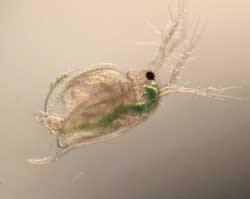 Encasing insecticides in microscopic plastic capsules -- a common formulation for many pest sprays on the market -- could lead to unintended consequences.
Encasing insecticides in microscopic plastic capsules -- a common formulation for many pest sprays on the market -- could lead to unintended consequences.
Feb 27th, 2019
Read more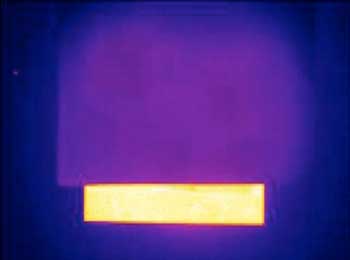 Researchers have fabricated an inexpensive, easy-to-produce film that makes objects completely invisible to infrared detectors.
Researchers have fabricated an inexpensive, easy-to-produce film that makes objects completely invisible to infrared detectors.
Feb 27th, 2019
Read more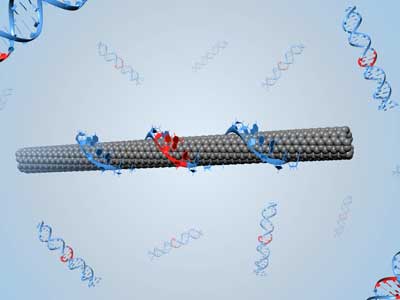 Scientists have been able to use directed evolution to build not proteins, but synthetic nanoparticles. These nanoparticles are used as optical biosensors.
Scientists have been able to use directed evolution to build not proteins, but synthetic nanoparticles. These nanoparticles are used as optical biosensors.
Feb 27th, 2019
Read more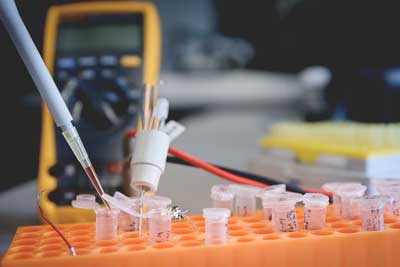 Researchers have developed a method to investigate the behaviour of silver nanoparticles in natural waters. The particles regularly enter the sea from products such as sportswear and food packaging. What happens to them there is largely unknown.
Researchers have developed a method to investigate the behaviour of silver nanoparticles in natural waters. The particles regularly enter the sea from products such as sportswear and food packaging. What happens to them there is largely unknown.
Feb 27th, 2019
Read more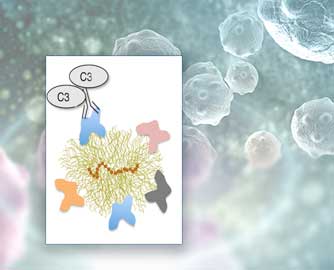 Scientists have assembled a clearer picture of the molecular activity that occurs when nanoparticles injected into the body are marked for immune system attack.
Scientists have assembled a clearer picture of the molecular activity that occurs when nanoparticles injected into the body are marked for immune system attack.
Feb 27th, 2019
Read more